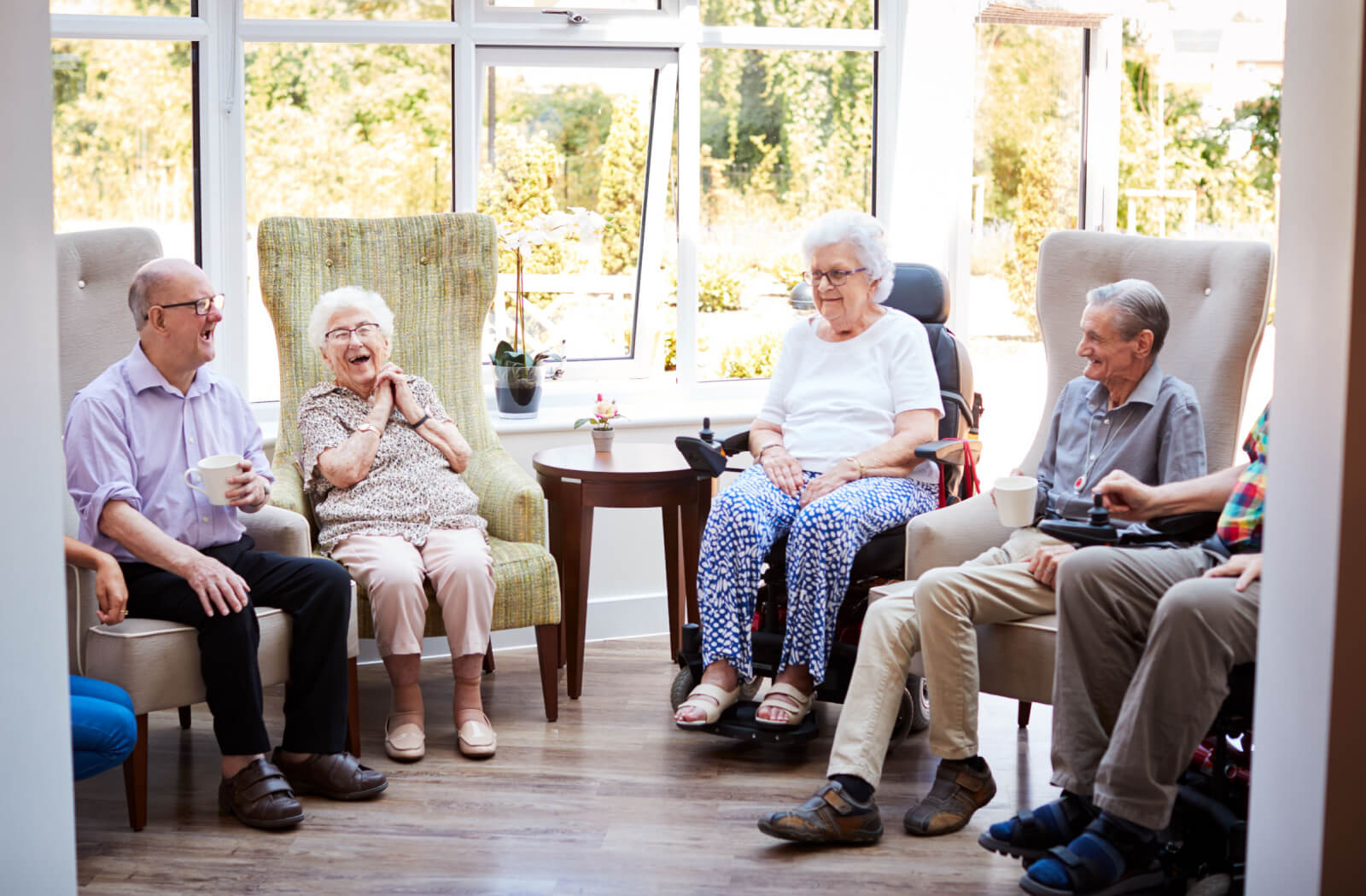If one of your loved ones is moving to a new place—whether a new house, some form of assisted living or memory care, or even if they’re moving in with you—you’re likely going through their possessions with them. And you’ve probably noticed that every time they go to throw something in the donation bin, they stop and second-guess whether they’re ready to get rid of it.
Maybe it’s a box of random tools they’re worried they’ll need. Maybe an extra blanket, an outfit they haven’t worn in years, or even a random knick-knack that you never understood the purpose of. No matter what it is, it can be difficult to get rid of some worldly possessions when you know you probably won’t ever see them again.
When it comes to downsizing, it’s best to start small, stay practical, and steadily work up to the bigger things. It’s best to be understanding of your loved ones at this time; it can be emotional every time they pick up an object they forgot about long ago! Old memories are stirring, and it can be hard to get rid of something you’ve had for so long.
Supporting a loved one as they move to assisted living isn’t always an easy task, and neither is downsizing—just remember to be understanding and take it one step at a time!
How to Plan For a Big Move
The most important step when it comes to downsizing is to simply make a plan and do your best to stick to it. There are important things to consider when moving, so break the big tasks into smaller, doable options.
- Try packing room-to-room and clearly label every box.
- Instead of one big move, try several trips over a few days or weeks (if this is an option).
- Choose how you’ll sort and pack everything. Are all the boxes the same size? How will fragile things be packed? Do you have boxes, tape, and wrap ready?
- Try splitting things into three piles: the keep pile, the donate pile, and the trash pile.
- How will the move go? Are you hiring a company, renting a truck, or moving in your own vehicle?
By clearly outlining a plan for the move itself, you’ll be able to reduce a lot of stress involved with the move. Don’t be afraid to reach out to your family for help, and take your time.
How to Properly Downsize When Moving
One of the most difficult things in life can be to throw away something you have a sentimental attachment to. Old pictures, a random toy from childhood, maybe a hand-me-down from a parent that’s passed—this is going to be an emotional time.
But it doesn’t just apply to the smaller things. It can be extremely difficult to get rid of furniture or decorations in the home as well! You never know what may hold extreme significance in a person’s heart, so you have to make sure you’re being understanding of your loved one.
Avoid saying things like “Why’d you even hold on to this?” or “Why do you care so much?”. It’s best to avoid being judgemental at all! A lot of feelings are being stirred up, and you never know how difficult it is for some of the choices your loved one is making.
Start by Being Practical
By being practical when it comes to the bigger things, you’ll be able to help your loved one make some of the harder choices.
For example, maybe they have two couches, but their new home only has room for one. Since bringing both isn’t an option, practically assessing the situation will make the moment easier. Ask some of the important questions, like:
- Is the new home furnished or unfurnished?
- What furniture do they use every day, and what’s normally left unused?
- How do they want to decorate the new home? Will there be a theme?
- Do they have a storage unit at the new place for things they want to hold on to but don’t have room for?
- What are the absolute essentials for the place to feel like home?
Once you’ve made the bigger decisions, it’s time to tackle the smaller things. It’s a lot easier to focus on the little stuff once the big decisions are made. And there are many ways your loved one can still bring most of their stuff along—sometimes, you just need to change how it’s stored.
If they have a stack of old picture frames that takes up an entire corner, grab a photo album and start sorting them. This’ll save a few feet of space, and they can still hang on to their photos. If they have an old collection of sports memorabilia, look into a small display or storage case so it’s free from the dust, but they can hang on to their prized possessions.
Downsizing doesn’t mean they have to get rid of everything they own.
Bring the Essentials & Leave the Unnecessary
If you don’t know for sure what’s absolutely needed, try making separate piles or labels for the bigger things. Break them into the following:
- Absolute must-haves: The bed, a couch, the television, maybe a bookshelf, kitchen items, dishes, toiletries, clothes.
- Would-be-nice-to-haves: Extra pillows & sheets, extra shelving, decorative items that are often unused, dishes that are loved but rarely touched, unworn outfits.
- Unneeded: Tools they want to hang onto, but the new place doesn’t have a workshop or garage, clothes that are completely unused and never will be, the extra frying pans under the sink, old files or papers from 3 jobs ago, decorations that have been in storage for many years.
Moving can stir up many feelings and worries. Often, people don’t want to get rid of something due to the fear of needing it in the future, and this can lead to holding on to things long after you no longer need them.
Just remember to be understanding and supportive, and you’ll get through this together.

Be Understanding of Your Loved One While Moving
Remember: your loved one is going through an extremely emotional time. Maybe an old gifted toy is one of their last connections to a lost relative, or their mother bought them something decades ago and they can’t work up the courage to get rid of it. It can be hard to let go of something you’re emotionally attached to.
Be supportive and encouraging, and try your best to avoid being judgemental of their choices. You may not agree with everything they keep or discard, but at the end of the day, the choice is theirs. They know best what they need for their new place to truly feel like home.
Your Loved One’s New Home
Here at All American Assisted Living at Wrentham, we want every resident to feel like their new place really is their new home. We know that moving to a new place can be hard, and we want every resident to feel supported when they move to assisted living, memory care, or independent living. We’re here for our residents and their families if times are hard, and we want every person to feel valued. In our communities, you’ll always be appreciated and valued. Schedule a tour today to see for yourself!



